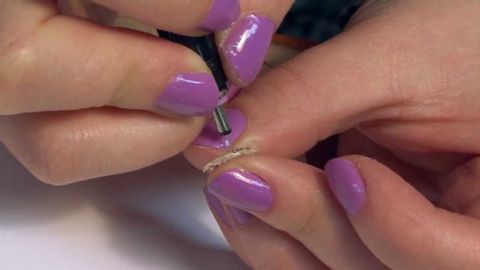
字幕と単語
シカゴの冒険 第三部小さな骸骨 (Chicago Adventure, Part Three: Little Skeletons)
00
Hhart Budha が 2021 年 01 月 14 日 に投稿保存
動画の中の単語
to
US /tu,tə/
・
UK /tə/
- adv.に;に
- prep.(接触・結合・付着・付加を表して)~に(へ):~の上に:~に加えて;(比較を表して)~に比べて:~より;(方向を表して)~(のほう)へ;(行為・作用の対象を表して)~に対して:~に;(呼応を表して)~に答えて:~に応じて;…しに(行く);(限度・程度などを表して)~に至るまで:~するほどに;に;(感情を表す名詞を伴って)~したことには:~にも;に;(方向を表して)~に(へ):~まで;(到達点を表して)~まで:~に至るまで;(関係を表して)~の:~にとっての;~に向かって : ~のほうへ;(時間・期限の終わりを表して)~まで;(随伴を表して)~に合わせて:~について
- particle~する
A1 初級
もっと見る filter
US /ˈfɪltɚ/
・
UK /'fɪltə(r)/
- n. (c./u.)フィルター;ろ過器;フィルター;フィルター;(写真)フィルター
- v.t.フィルターをかける;ろ過する;選別する;(写真)フィルターをかける
- v.i.フィルタリングする;徐々に通過する;(バイクなどが)車の列の間を縫うように進む
B1 中級
もっと見る エネルギーを使用
すべての単語を解除
発音・解説・フィルター機能を解除
